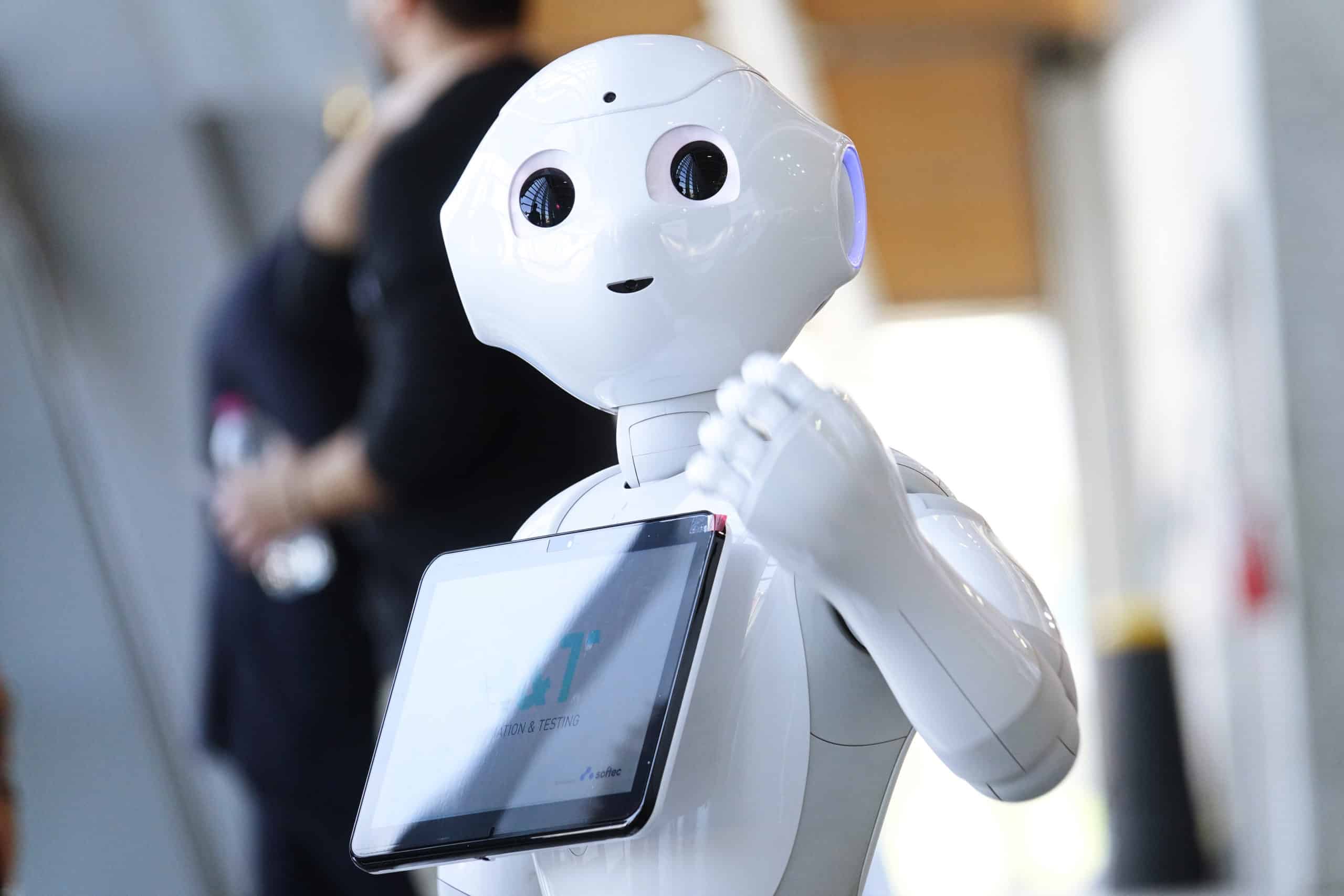Insights and Commentaries
AI and the technology paradox: Learning from Japan’s COVID-19 response
Spotlight on Japan’s AI challenge during the pandemic


By Prof Heng Yee-Kuang
Advanced technology has and will continue to quickly transform the way many industries and individuals go about their work. We see many countries looking to adopt AI technologies whether it be in healthcare and military weapon systems or improving the overall standard of living for their respective citizens. However, adopting these advanced technologies at such a rapid rate sometimes leads to stark contrasts between AI progression co-existing with traditional “old school” approaches and assumptions that remain deeply rooted in legal frameworks as well as cultural and societal norms. This is where the term “technology paradox” comes in.
During the peak of the COVID-19 outbreak, Japan utilised numerous AI-enabled responses to reduce and minimize infection risks for its people. However the country’s widespread image as a paragon of hi-technology products was slightly misplaced – which led to the emergence of a technology paradox. The paradox is best summed by two headlines carried in the “The Japan Times” barely a week apart. The first on 19 September 2020 had the headline “As COVID-19 persists, Japan looks to send in the robots”, the second on 27 September 2020 carried the headline “Taro Kono declares war on the fax machine and Hanko”. Hanko refers to a personal name stamp which is widely used in Japan for tasks such as making contracts, opening bank accounts and even as an acknowledgement of receipt of delivery parcels.
The first article talked about a range of products termed the “Anti-Coronavirus Robot Squad” developed by Tokyo-based robotics firm ZMP. During the pandemic, AI-enabled self-driving security robots were deployed to spray disinfectant at hostels and train stations throughout Japan. COVID-19 boosted the demand for robots because these machines reduced the need for human contact and associated infection risks during the pandemic. The second article reported on newly appointed Administrative Reform Minister Taro Kono’s campaign to digitise Japan’s work place. Office practices that used the Hanko to approve documents in person were said to have hampered government exhortations to work remotely from home.
These two articles summarised the underlying cultural, societal and corporate norms in Japan that co-exist alongside technological advances such as AI-powered robots.
When a national emergency was announced in April 2020, crowds rushed to electronics stores to buy equipment such as laptops for working from home. Many Japanese had lacked these devices. A large part of the corporate culture in work places was based on face-to-face interaction and “reading the air” to interpret nuances in workplace communications. Employees were expected to be present physically to work in the office.
A distinctly low-tech approach to risk communication emerged alongside new AI-powered robots spraying disinfectants. This was best illustrated in the Tokyo Metropolitan Government’s decision to dispatch employees to the Shinjuku entertainment district, carrying old-fashioned loudhailers and placards pleading for people to stay at home.
Initial success containing COVID-19 with relatively low fatalities and cases was hailed by former Prime Minister Shinzo Abe as “The Japan model”. No legally enforceable lockdown was imposed. Instead the population was requested to refrain from risky activities. The “Three Cs” (poorly ventilated Closed spaces, Crowded environments and Close contact with others) became a widely-used slogan for risk communication.
Japan’s cultural, legal, societal and corporate norms co-existed alongside technological advances such as AI-powered robots when dealing with a complex and rapidly unfolding pandemic like COVID-19. While global cooperation is indispensable, there cannot be a one size fits all solution to global risks such as COVID-19 – there are certain norms and nuances unique to each country that must be considered. Individual countries also have to strike a balance between privacy concerns and surveillance, while soliciting public cooperation within their own legal enforcement frameworks. Culturally-appropriate risk communications may also induce desired individual behavioural responses in order to better reduce risks.
Professor Heng is a Professor at the Graduate School of Public Policy, The University of Tokyo. He gave a presentation on “Technology Paradoxes and Leadership”, focusing on Japan, during the Risk Quotient 2020.


